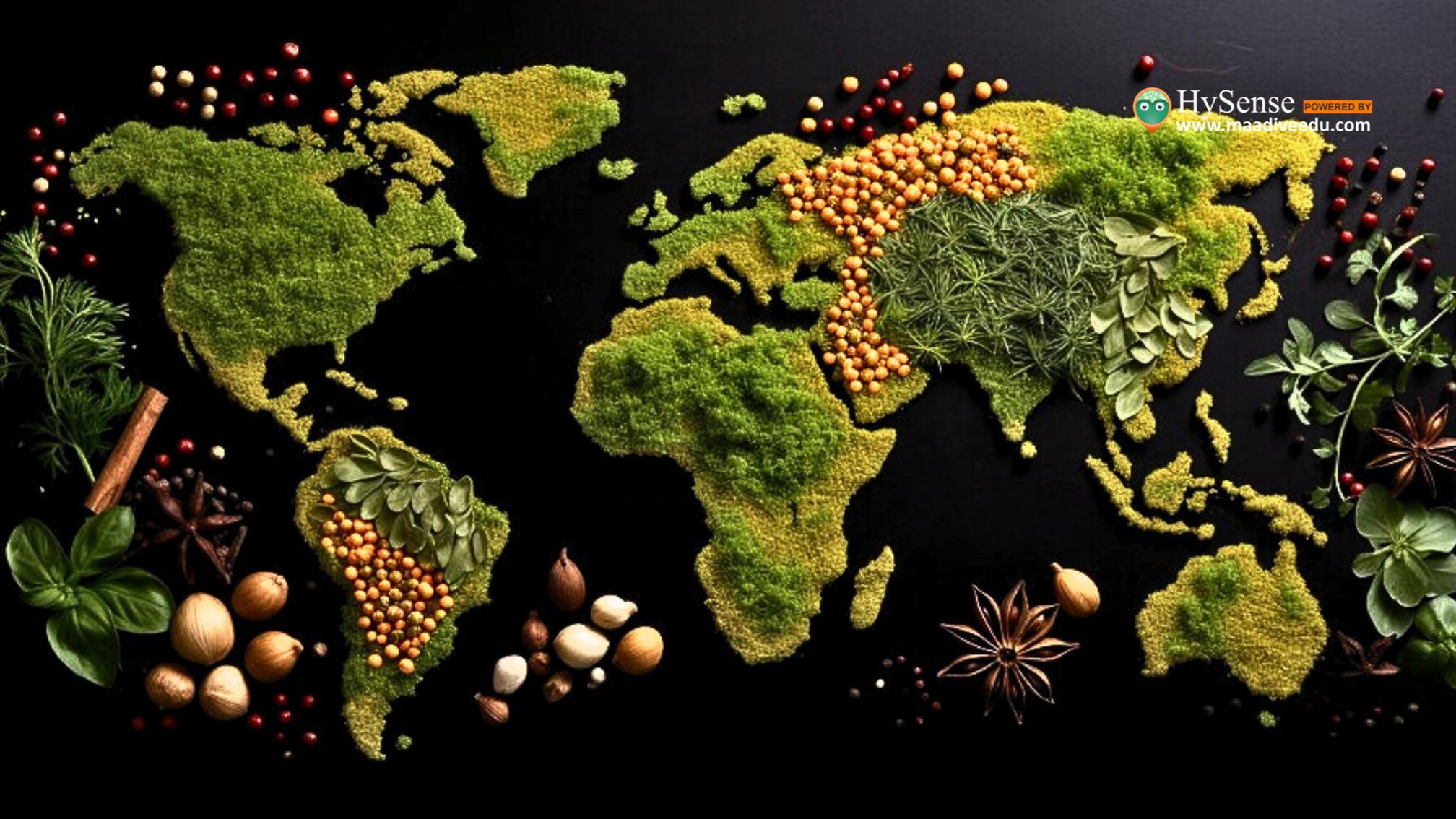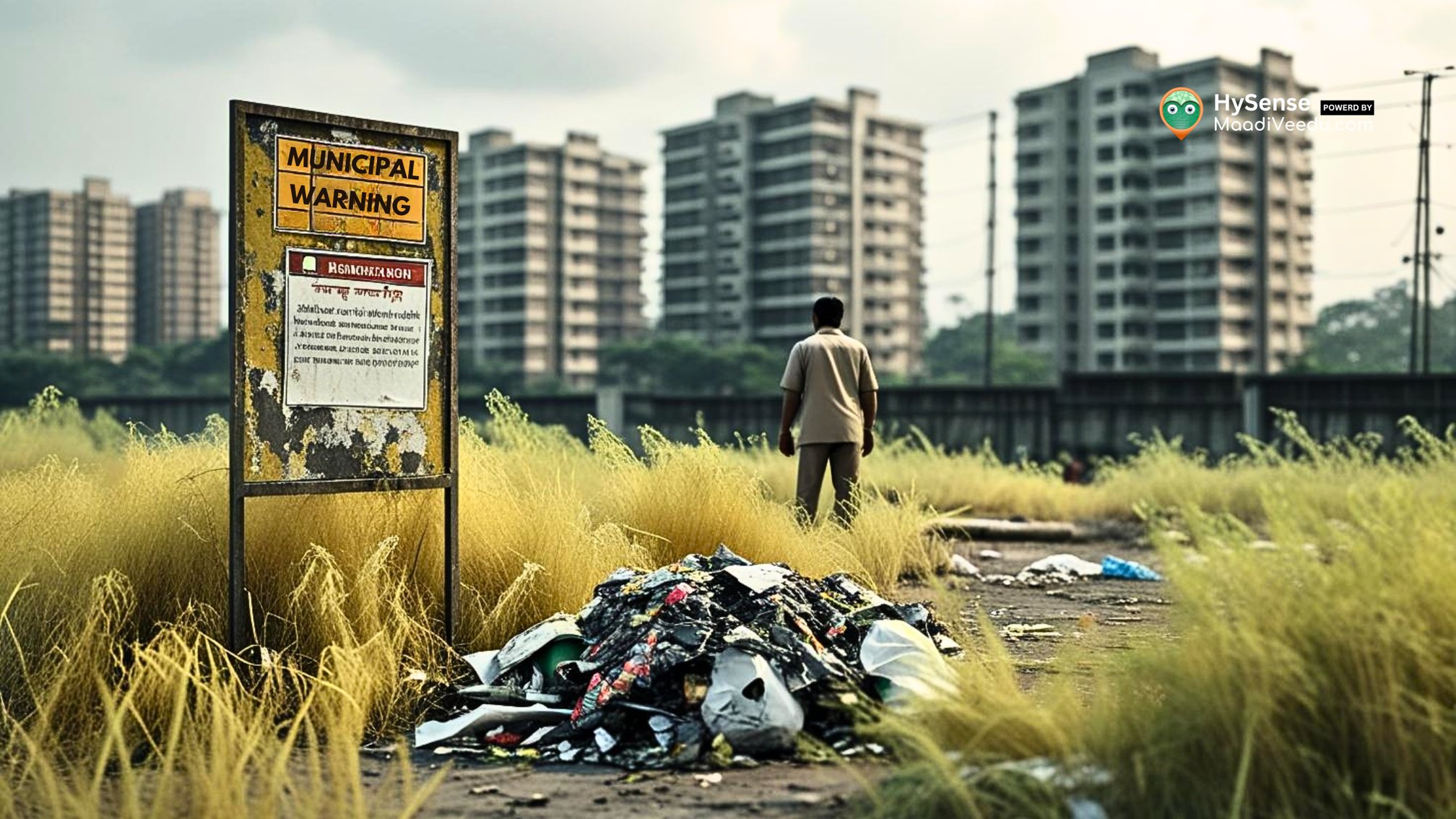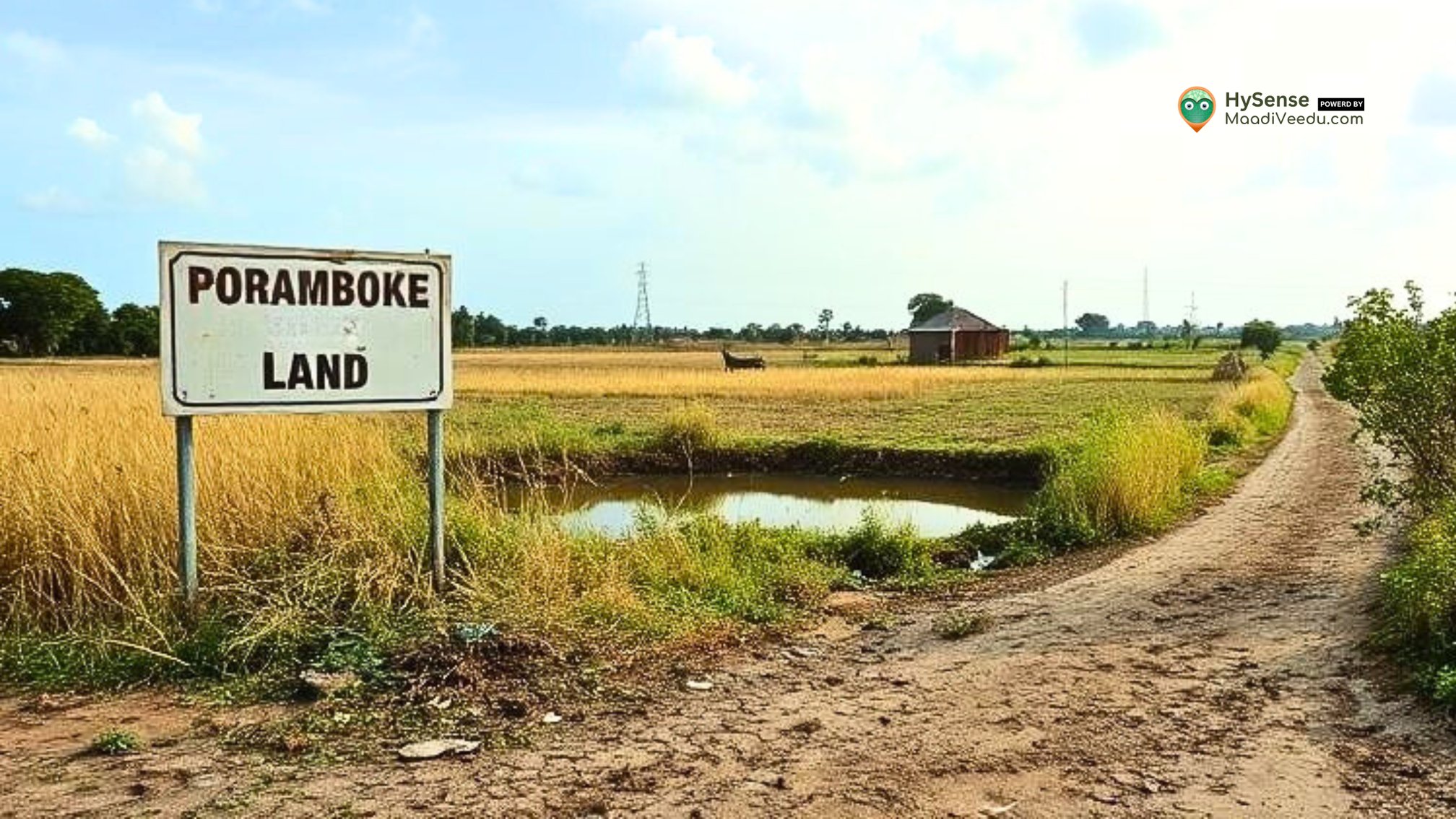Countries with the Most Agricultural Land in 2025 – Top 10 Leading Nations
Uncover the top countries with the most farmland, including the U.S., China, and India. Learn about global agricultural trends and land management practices.

Table of Contents
Did You Know?
Over half of the world’s habitable land is now used for agriculture—yet only a handful of countries control the majority of it.
A Simple Question
Have you ever wondered which nations truly dominate global food production—not just by land size, but by how they manage their agricultural resources?
A Relatable Situation
A small farmer in Tamil Nadu uses drip irrigation on two acres. Meanwhile, a farmer in the U.S. uses advanced machinery across thousands of acres. The tools may differ, but the goal is the same—feeding people and sustaining livelihoods.
What This Blog Covers
In this post, you’ll explore:
- The top 10 countries with the most agricultural land in 2025
- How modern technology and policy shape land use
- Real-time challenges and opportunities in global agriculture
If you are exploring farmland for investment or farming, this blog offers both insight and practical context.
What Determines Agricultural Land Area?
Agricultural land isn’t just about geographic space. Several key factors determine how much land is dedicated to farming:
Geographic Size
Larger countries generally have more land available for agriculture.
Climate and Soil Quality
Fertile soil and predictable rainfall help sustain high-yield crops.
Government Support
Subsidies, rural investment, and policies like Minimum Support Prices (MSP) affect land usage.
Technology in Farming
Mechanisation, satellite monitoring, and irrigation tools improve productivity even on smaller plots.
Market Demand and Trade
Countries with export-focused economies often expand farmland to meet global supply needs.
Top 10 Countries with the Most Agricultural Land in 2025
1. United States (~372 million hectares)
Key Crops: Corn, soybeans, wheat
Key Regions: Midwest Corn Belt, Great Plains
Note: The U.S. remains a global leader in food production thanks to advanced farming systems, biotechnology, and large-scale irrigation.
2. Brazil (~280 million hectares)
Key Crops: Soybeans, sugarcane, coffee
Regions: Mato Grosso, Cerrado
2025 Insight: While Brazil continues expanding its soybean and beef exports, environmental concerns over deforestation remain high.
3. China (~210 million hectares)
Key Crops: Rice, maize, wheat
Regions: Yangtze River Delta, North China Plain
Update: As urban areas expand, China is shifting toward vertical farming and smart-agriculture models to protect its shrinking farmland.
4. India (~157 million hectares)
Key Crops: Rice, wheat, pulses, cotton
Regions: Punjab, Haryana, Indo-Gangetic Plains
Current Scenario: India is adopting water-saving methods like drip irrigation, while promoting organic and regenerative farming to protect its soil.
5. Australia (~148 million hectares)
Key Crops: Wheat, barley, canola
Regions: Murray-Darling Basin, Wheatbelt
Observation: Despite frequent droughts, Australia uses remote sensing and water-efficient farming to improve productivity.
6. Argentina (~156 million hectares)
Key Crops: Soybeans, corn, sunflower
Regions: Pampas
Insight: Argentina plays a crucial role in global grain exports, especially during supply disruptions from geopolitical events.
7. Russia (~120 million hectares)
Key Crops: Wheat, barley, potatoes
Regions: Southern Russia, Volga Valley
Trend: Russia is expanding its domestic food production due to global trade sanctions and investing in cold-region farming.
8. Mexico (~104 million hectares)
Key Crops: Corn, avocados, tomatoes
Regions: Bajío, Sinaloa
Growth Area: Fruit and vegetable exports to the U.S. and Canada are rising steadily.
9. Indonesia (~57 million hectares)
Key Crops: Palm oil, rice, coffee
Regions: Java, Sumatra
Concerns: While palm oil contributes heavily to exports, the environmental impact is being addressed through agroforestry initiatives.
10. Canada (~75 million hectares)
Key Crops: Wheat, canola, barley
Regions: Alberta, Saskatchewan, Manitoba
Notable Fact: Despite a short growing season, Canada’s grain production is supported by advanced research and high-end machinery.
See farmland on the ground—soil type, water source, and location clarity. Browse current listings here.
Current Challenges in Managing Agricultural Land
Despite having vast land areas, these countries face growing pressures:
- Climate Change: Irregular rainfall, heatwaves, and storms are reducing productivity.
- Soil Degradation: Intensive farming without proper rotation is leading to reduced fertility.
- Water Shortage: Irrigation costs are rising, especially in dry zones like western U.S. and Australia.
- Urban Expansion: Agricultural lands are shrinking as cities expand, particularly in Asia.
See farmland with real details—soil, water, location. Check listings and learn how to buy safely in 2025: How to Buy Farmland in India Safely.
How Countries Are Responding in 2025
Governments and farmers are adopting innovative methods to protect their land and improve production:
Smart Farming
Use of sensors, drones, and data analytics to plan irrigation and fertilizer schedules
Agroforestry
Integrating trees with crops to reduce erosion and improve biodiversity
Regenerative Farming
Natural soil-building techniques like composting and cover crops
Public-Private Investment
Joint ventures are improving rural roads, cold storage, and grain logistics
Final Thought
Agricultural land isn’t just soil—it’s security, strategy, and survival. As the world faces rising food demand, climate risks, and shifting trade patterns, countries with well-managed farmland are becoming true powerhouses. From small family plots in rural villages to vast mechanised farms across continents, how land is used today will shape the food systems of tomorrow.
If you’re thinking about investing in agriculture—choose land with care, think long-term, and always consider sustainability.
For guidance, listings, and ground-level insights,
start with blog.maadiveedu.com – where land meets real opportunity.
Frequently Asked Questions (FAQ)
1. What is agricultural land?
It includes land used for farming crops, livestock, orchards, or pastures. It must be maintained actively for agriculture.
2. Can agricultural land be converted to other uses?
Yes, but only after obtaining approvals from local authorities. This involves zoning changes and environmental compliance.
3. Which country is best for agricultural investment?
The U.S., Brazil, and India rank high due to market size, land availability, and export potential. Local policies should be reviewed before investing.
4. How does climate change affect farming land?
It causes unpredictable rainfall, extreme temperatures, and increased pests—affecting crop yield unless managed through modern techniques.
5. What are sustainable farming methods?
They include crop rotation, organic fertilisers, minimum use of chemicals, and agroforestry—all focused on preserving land health.










